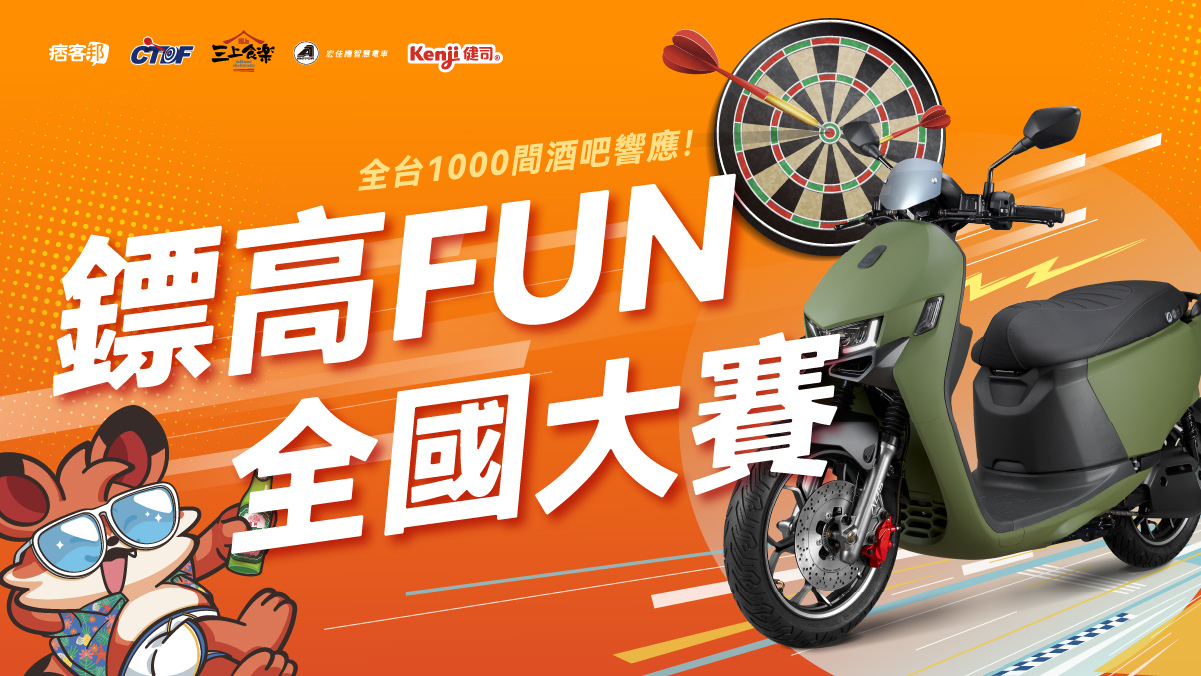Ultimamente, mentre insegnavo il cinese agli studenti, ho scoperto che alcuni di loro avevano un problema nel leggere queste pronuncie: "ui" e "iu", perché in effetti quando si vede pinyin, nel "ui" nasconde "e", quindi per esempio "l'acqua 水", si scrive: "Shuǐ" ma si legge: "shuěi"; mentre nel "iu" nasconde "o", per cui per esempio "toro 牛", si scrive: "Niú" ma in effetti si legge: "Nióu", se sapete cosa nasconde tra "iu" e "ui", non vi sbaglierete più
La conclusione:
"iu" = "i(o)u".
"ui" = "u(e)i".
Spero che vi siano chiare le mie spiegazioni
Recently when I taught Chinese to some of my students, I found out that some of them had problems when they needed to read "ui" and "iu". Because when they saw pinyin, they read how the words are written. Actually I explained a rule to them: in "iu" there must be an "o", so for instance a cow "牛", its pinyin is "Niú" but in fact you should read as: "Nióu". While in "ui" there must be an "e", so the water "水", its pinyin is "Shuǐ", however you should read as: "shuěi". If you know the rules, you won't mistakes anymore
In a word:
"iu" = "i(o)u".
"ui" = "u(e)i".
I hope that my explanations are clear for you
以上是我對於拼音的解釋,因為當學生看到某些單字,尤其是「ui」或是「iu」結尾的字,如水Shuǐ或是牛Niú,他們傾向直接讀他們所看到的發音(所以囉,「水」他們發得就像台語一樣)。所以我告訴他們,假如看到「ui」,就代表u和i的中間隱藏了「e」的發音。「iu」的話,就代表i和u中間隱藏了「o」。所以,結論就是:
"iu" = "i(o)u".
"ui" = "u(e)i".
希望對大家有所幫助





 留言列表
留言列表


